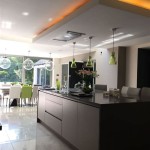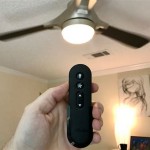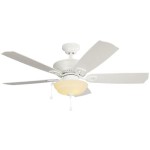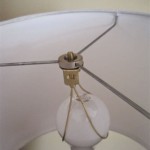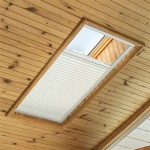Picture Ceiling Lighting: Illuminate Your Walls with Style
Picture ceiling lighting is an elegant and functional way to highlight your artwork and create a dramatic ambiance in any room. These specialized luminaires are designed to provide optimal illumination for paintings, photographs, and other framed items, enhancing their colors and textures while creating a focal point in your home décor.
When choosing picture ceiling lighting, consider these essential aspects to ensure you select the perfect fixtures for your needs:
Placement
The placement of your picture ceiling lighting is crucial for maximizing its effectiveness. Ideally, the light source should be positioned directly above the artwork, providing even illumination across the entire surface. As a general rule, the distance between the light and the art should be about two-thirds the width of the frame.
Light Source
The choice of light source is essential for achieving the desired lighting effect. LED technology has become increasingly popular due to its energy efficiency, long lifespan, and ability to produce a variety of color temperatures. Halogen bulbs also provide excellent illumination, but they generate more heat and have a shorter lifespan than LEDs.
Color Temperature
Color temperature plays a significant role in creating the right ambiance for your artwork. Warm white light (around 2700-3000 Kelvin) creates a cozy and inviting atmosphere, while cool white light (around 4000-5000 Kelvin) gives a more modern and crisp look. Consider the overall décor and the mood you want to achieve when selecting the color temperature.
Wattage
The wattage of your picture ceiling lighting will determine the intensity of the illumination. For most artworks, a wattage between 25 and 40 watts is sufficient to provide adequate light without overwhelming the piece. However, if your artwork is particularly large or dark, you may require a higher wattage for optimal visibility.
Beam Angle
The beam angle of your picture ceiling lighting refers to the spread of the light. A narrow beam angle will create a more focused spot of light, while a wider beam angle will provide a more diffused illumination. For most paintings, a medium beam angle (around 25-45 degrees) is ideal, as it offers a balance between concentrated illumination and even coverage.
Style
Picture ceiling lighting fixtures come in a wide range of styles, from classic to contemporary. Consider the overall aesthetic of your room and the style of the artwork you want to illuminate. Recessed lighting can provide a subtle and unobtrusive look, while pendant lights can add a touch of elegance and sophistication.
By following these essential aspects, you can choose the perfect picture ceiling lighting to enhance your artwork and transform your space. Whether you opt for a traditional or modern design, these light fixtures will not only illuminate your walls but also create a stunning focal point in your home.

9 Types Of False Ceiling Light Designs To Glam Up Your Home

A Comprehensive Guide To The Best Ceiling Lights Designs For Your Home

Light Up Your False Ceilings For A Sauve Modern Look Freshhomez

False Ceiling Light Design Amazing Ideas For Your Livingroom

Led Bedroom Ceiling Lighting Fixtures

Low Ceiling Lighting Ideas For Your Home Designcafe

Modern Aisle Light Hall Crystal Ceiling Lamp Fixture Black Gold Hallway Lighting

Top 3 Ideas To Light Up Your Ceiling Saint Gobain Gyproc

3 Best False Ceiling Lights You Can Use To Create Better Ambience

10 Of The Best Vaulted Ceiling Lighting Ideas Lightopia
Related Posts

